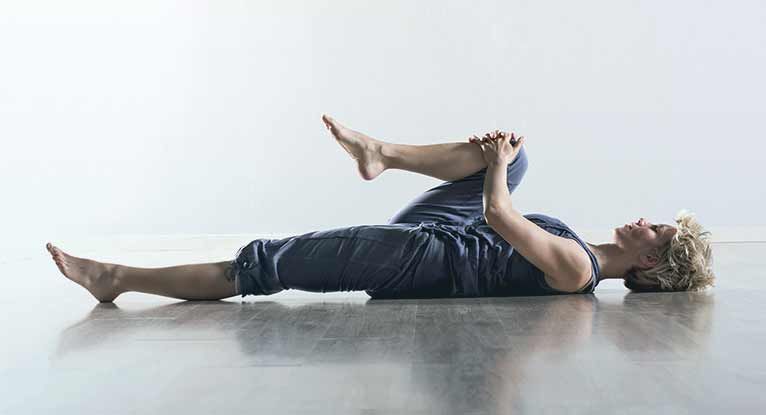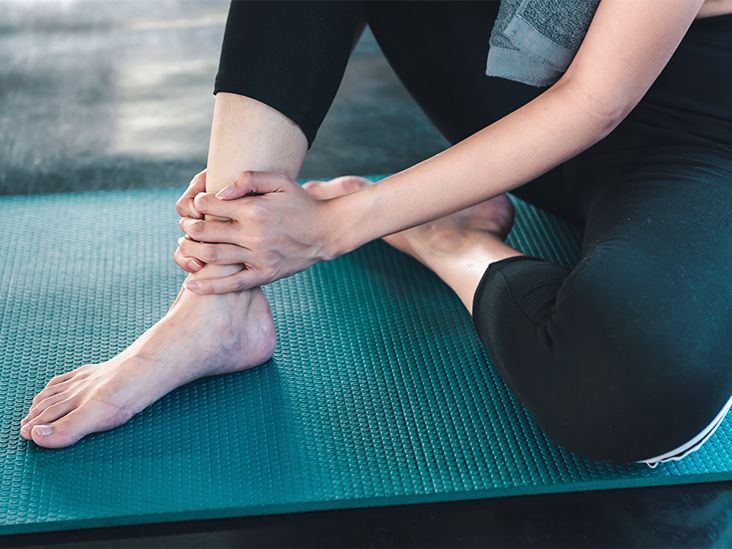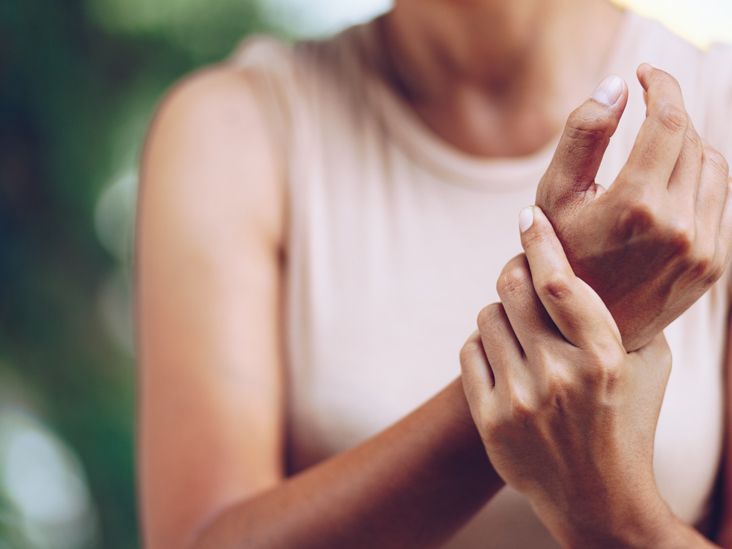Treatment for muscle strains can include stretching and applying ice. But if you have other symptoms, such as numbness or an inability to walk or move, you may need medical care.
A muscle strain, or pulled muscle, is an injury that occurs when a muscle is overstretched beyond its limit.
Your muscles comprise
Muscle strains occur when myofibrils become overstretched. In severe muscle strains, the muscle can rupture from the tendons it’s attached to.
Keep reading to learn more about the symptoms, causes, treatments, and prevention methods for muscle strains.
Strains can happen in any muscle, but they’re most common in your lower back, neck, shoulders, and hamstrings.
You’ll usually feel a sudden onset of pain as a muscle strain occurs. Healthcare professionals also classify muscle strains into three grades, or categories, depending on their symptoms:
Grade 1: Mild muscle strain
If you experience a mild muscle strain, you might experience no symptoms or some discomfort, swelling, and soreness.
In many cases, a mild muscle strain won’t limit your range of motion. But a doctor may recommend resting for a few days to prevent the strain from worsening.
Grade 2: Moderate muscle strain
A moderate muscle strain involves the overstretching of more muscle fibers, but not all of them. This can impact your range of motion more significantly. Symptoms may include:
- pain
- muscle weakness
- swelling
- bruising that appears within 2 to 3 days
- a “knotted-up” feeling
- muscle spasms
Symptoms of a moderate strain will usually heal within 3 weeks. After 4 weeks, you may be able to slowly return to physical activity.
Grade 3: Severe muscle strain
A severe muscle strain occurs when the muscle fibers are severely or completely torn. This often results in severe pain and bruising that can affect a large area surrounding the tear. It also leads to very limited movement.
This type of muscle strain takes 3 to 4 months to heal, and most often requires a rehabilitation program to return to physical activity.
Muscle strains commonly occur due to fatigue, overuse, or physical activities like sports. Healthcare professionals sometimes distinguish between acute muscle strains and chronic muscle strains to identify the cause.
Acute muscle strains
An acute muscle strain occurs when a muscle tears suddenly and unexpectedly, usually from injury or trauma. Some common causes of acute strains include:
- slipping
- losing your footing
- jumping
- running
- throwing something
- lifting something heavy or while in an awkward position
Several factors can increase your risk of developing a muscle strain, including:
- not warming up properly before physical activity
- not being flexible
- overexerting your body
- being tired
Acute muscle strains may also be more common in cold weather because muscles are stiffer in lower environmental temperatures. It’s important to take extra time to warm up gradually in these conditions to prevent strains.
Chronic muscle strains
There’s a misconception that only rigorous exercises and workouts of high intensity cause muscle strains. However, chronic muscle strains can occur from low impact, low intensity activities.
Chronic muscle strains are usually caused by repetitive movements that cause tiny strains in a certain body part. Over time, these strains can get bigger and deeper, leading to more severe strains.
Chronic muscle strains are sometimes known as repetitive strain injury (RSI). Some examples of RSI include:
- paying sports like rowing, tennis, golf, or baseball
- doing activities like typing, hairdressing, and decorating
- holding your back or neck in an awkward position for long periods, such as when you work at a desk
- having a slouched posture
Treatment for muscle strains will depend on the severity. In most cases, mild and moderate muscle strains can be treated with home remedies, but severe strains may require medical treatment.
The United Kingdom’s National Health Service (NHS) recommends treating muscle strains with the PRICE method for 2 to 3 days following a strain:
- Protection: Use a protective device, such as crutches, to prevent further damage to the affected area.
- Rest: Avoid using the affected muscle for a few days, especially if movement or weight bearing increases the pain.
- Ice: Apply ice immediately after injuring the muscle to minimize swelling. Use an ice pack or wrap a frozen bag of vegetables in a towel. Apply the ice to your muscle for 20 minutes every 2 to 3 hours.
- Compression: Wrap the affected area with an elastic bandage to reduce swelling. Don’t wrap the area too tightly, as this can reduce blood circulation.
- Elevation: Elevate the affected muscle above the level of your heart.
Consider speaking to a pharmacist about over-the-counter (OTC) medications like nonsteroidal anti-inflammatory drugs (NSAIDs) and pain relievers. These could be taken by mouth (orally) or applied to the skin directly (topically).
After a few days, begin light dynamic stretches and gradually move around to prevent stiffness and weakness in the affected muscle.
You may need surgical treatment if more than 50% of your muscle has been torn, you have widespread bruising, or you experience pain while stretching 4 to 6 months after home treatments.
Physical therapy may also be recommended.
Should you massage a muscle strain?
Massage therapy can promote blood flow and muscle relaxation, which could help muscle injuries like a strain heal.
However, it’s best to let the muscle strain rest for 2 to 3 days before massaging the area, as this may worsen the injury.
If symptoms like pain, swelling, and stiffness don’t get better after 5 days, it’s important to speak with a healthcare professional. This may be a sign of a severe muscle strain.
It’s also best to speak with a doctor if:
- you experience stiffness and weakness
- swelling, pain, or bruising is worsening
- you experience symptoms of fever, such as chills and a temperature above 100.4°F (38°C)
A physical examination and imaging tests, such as X-rays and MRI scans, can help a doctor determine the extent of your injury.
When to get emergency medical attentionIt’s important to get immediate medical attention if you experience any of the following symptoms, as these may indicate a broken bone, severe muscle strain, or complication:
- you heard a “pop” or “crack” during the injury
- the affected area looks deformed
- you experience numbness or tingling
- the skin around the injury is discolored or cold to touch
You can decrease your chances of straining a muscle if you take some basic precautions:
- Try not to sit in one position for too long: Take frequent breaks to move and change position. Use a chair that provides good support for your lower back, or use a pillow for support.
- Maintain good posture when standing and sitting: If you spend a long time sitting or standing, alternate putting one foot and then the other on a low footstool. This can help decrease stress on your back muscles.
- Lift objects carefully: Keep your back straight, bend at the knees, and always lift with your legs. Hold the weight close to your body. Don’t lift and twist at the same time.
- Take precautions to prevent falls: Consider holding handrails on stairways, avoiding slippery surfaces, and keeping your floors uncluttered.
- Warm up before exercising: This increases blood flow to your muscles and decreases the risk of injury.
- Cool down after exercising: Stretching after exercising can help prevent muscle stiffness and injury.
Understanding your body’s limitations is vital. If something doesn’t feel right during an activity, stop immediately.
Recovery time will largely depend on the severity of the injury and the type of treatment you receive:
- Grade 1 (mild): up to 1 week
- Grade 2 (moderate): 3 to 4 weeks
- Grade 3 (severe): 3 to 4 months
With proper treatment, most people recover completely. It’s important to follow a doctor’s instructions and not engage in strenuous physical activity until your muscles have completely healed.
Muscle strains occur when a muscle becomes overstretched, often due to fatigue, overuse, or trauma.
Symptoms depend on the severity of the strain, but usually include a degree of pain, swelling, and limited mobility. Mild and moderate strains may be treated with home remedies and OTC options, but severe strains may require surgical treatment.
A healthcare professional can help develop the best management plan for you.











